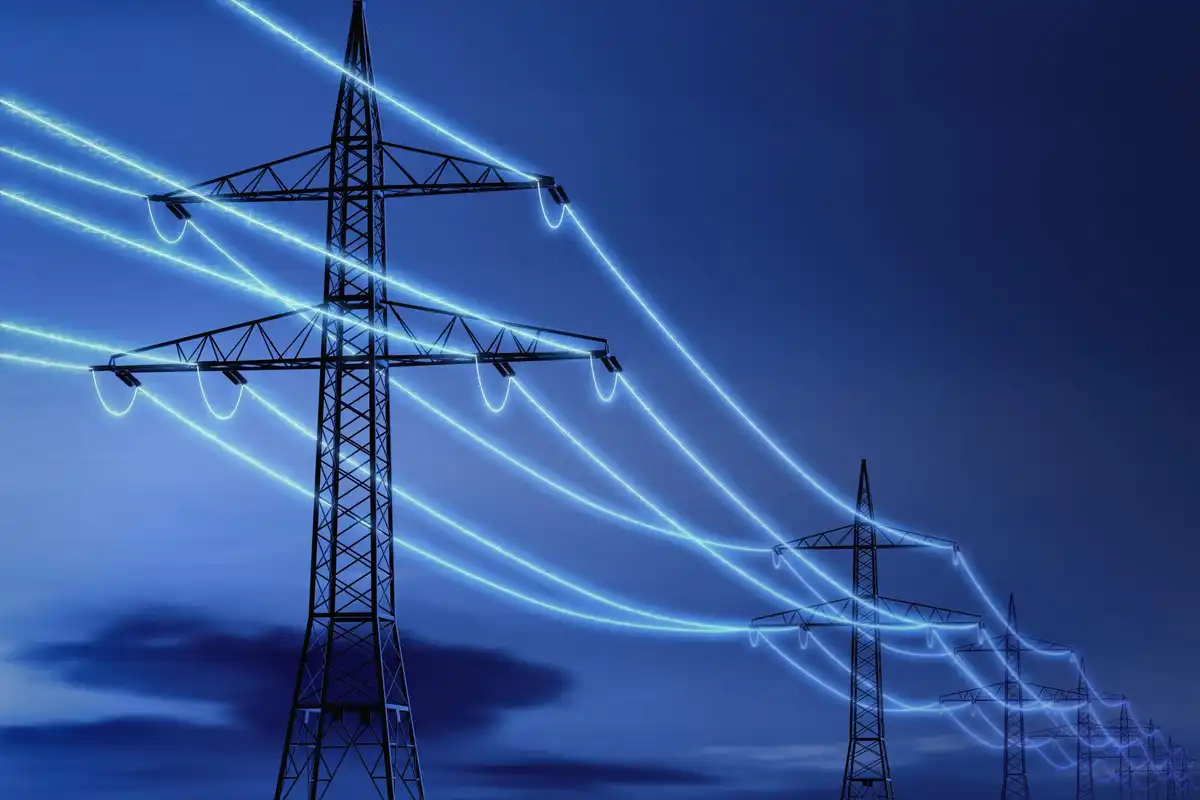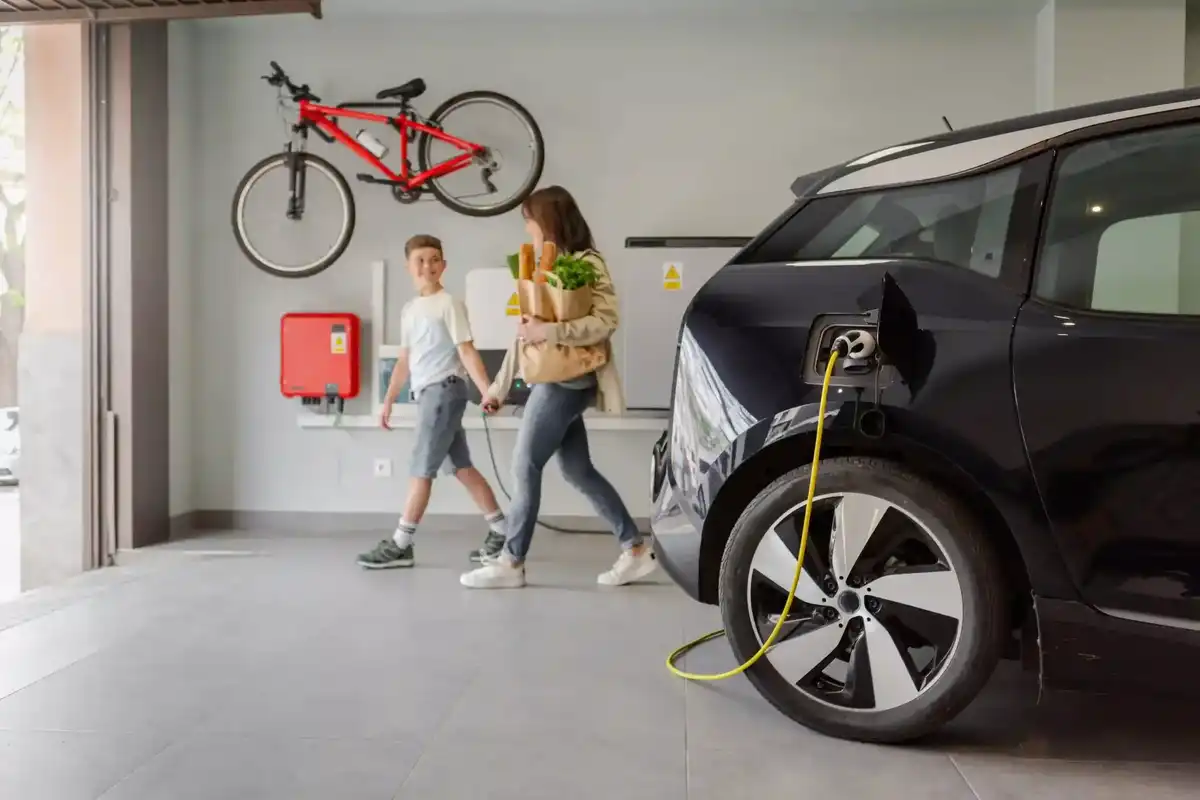2 Houston investors team up to support critical infrastructure, climate resilience startups
funding up for grabs
A new venture capital fund has launched with an initial $100 million mission of supporting founders with innovative critical infrastructure solutions — including those with a climate resilience focus.
Fathom Fund, which is looking to build out a portfolio of advanced computing, material science, climate resilience, and aerospace startups, announced they've launched with an initial close of over $100 million. The fund is founded by longtime investors Managing Partners Paul Sheng and Eric Bielke.
"We believe recent technological advances have accelerated the pace of scientific discovery, increasing the pool of technology companies that can produce venture-scale returns," Sheng says in a news release.
According to the fund, it hopes to bridge the gap for early stage capital for physical innovations and "moonshot" projects.
“What’s lacking in venture is rigorous technical diligence at the early stages and a playbook to scale these innovations at the pace necessary to lead industries," Bielke adds. "With this launch, we are looking forward to supporting founders with some of the most disruptive and novel ideas.”
The founder duo will bring each of the career expertise to their future portfolio companies. Sheng spent decades at McKinsey & Co and was the firm's head of the Global Energy & Materials practice. Bielke is a former director at Temasek’s Emerging Technologies Fund.

———
This article originally ran on Innovation








 Air Liquide and Hyundai agreed to expand hydrogen refuelling networks, storage capacity and more at a meeting in Seoul last week. Photo courtesy Air Liquide.
Air Liquide and Hyundai agreed to expand hydrogen refuelling networks, storage capacity and more at a meeting in Seoul last week. Photo courtesy Air Liquide.
